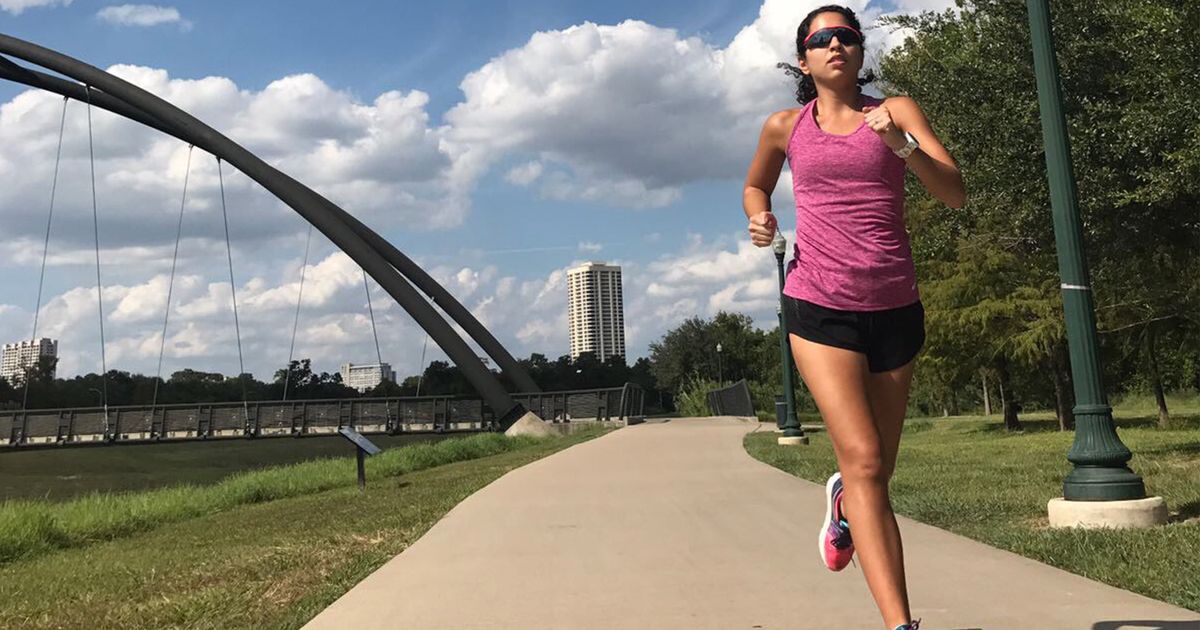How To Train For Your First 5K
Perhaps the most popular goal among new runners is to be able to run a full 5K race. It’s no wonder why, since a 5K race is five kilometers long which works out to just over three miles (3.1 to be exact), and is a manageable distance even for individuals who live most of their lives on the couch. Of course, it is crucial to emphasize no one should try running a full 5K on the first day they start running, or even within the first week! The good news, however, is the vast majority of individuals can be ready for this kind of race within nine weeks.
Get Your Gear Together

The first thing all new runners will need before they start training for their first 5K race is the proper gear. So once you decide you are going to run, be sure to visit a local running store to get started. The staff at specialized running stores will observe your stride and ask other questions such as what surfaces you plan to run on and what your goals are. They are gathering information so they can select the type of running shoe appropriate for each person who walks in looking for a pair. A majority of new runners are surprised at the many different varieties available, such as cushioning, stability, and motion control running shoes. Aside from running shoes, purchasing sweat-wicking clothing and socks is great for staying cool while working up a sweat during training. Of course, don’t forget a good water bottle!
The Running Plan

When training for a 5K, especially if you live a sedentary lifestyle and haven’t run like this before, do not try to run the full distance on the first day. Training means you are going to build up to the full 5K over an extended period. For beginners, training for a 5K will take up to nine weeks.
While training will be different for each individual based on skill level as well as their daily schedule, the average training regime for a new runner will include a one-mile run (interspersed with walking) three times during the first week as well as a timed run on the last day. This week will determine how the rest of training will progress. If you find it too difficult to do one mile, instead of shortening the distance, reduce how much of this distance you are running and replace it with walking instead. Keep doing one mile runs until you can run the entire time. You can track your distance by using an activity tracker. When increasing your distance, do so using half mile increments until you reach 3.1 miles. For example, many new runners take two weeks for one-mile runs, then increase their distance to 1.5 miles for two more weeks, then two miles for two weeks, 2.5 miles for the next two, and finishing with three miles for the final weeks.
